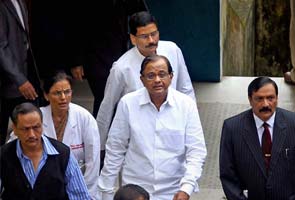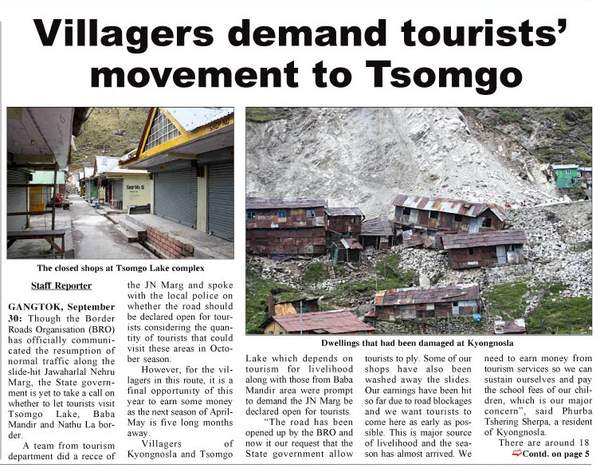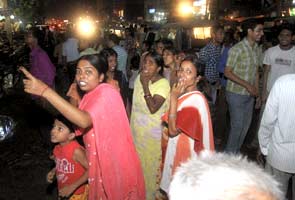At least 111 people were killed in the earthquake. Most of the deaths occurred in Sikkim, with reports of fatalities in and near Singtam in the East Sikkim district. Several buildings collapsed in Gangtok. Eleven are reported dead in Nepal, including three killed when a wall collapsed in the British Embassy in Kathmandu. Elsewhere, structural damage occurred in Bangladesh, Bhutan, and across Tibet; another seven fatalities were confirmed in the latter region.
The magnitude 6.9 (Mw) earthquake occurred inland at 18:10 IST on 18 September 2011, about 68 km (42 mi) northwest of Gangtok, Sikkim at a shallow depth of 19.7 km (12.2 mi). At its location, the continental Indian and Eurasian Plates converge with one another along a tectonic boundary beneath the mountainous region of northeast India near the Nepalese border. Although earthquakes in this region are usually interplate in nature, preliminary data suggests the Sikkim earthquake was triggered by shallow strike-slip faulting from an intraplate source within the over-riding Eurasian Plate. Initial analyses also indicate a complex origin, with the perceived tremor likely being a result of two separate events occurring close together in time at similar focal depths.
Located at a shallow depth beneath the surface, the earthquake caused strong shaking in many areas adjacent to its epicenter reportedly lasting 30–40 seconds.[non-primary source needed] The strongest shaking occurred to the west in Gangtok and further south in Siliguri, although similar ground motions registering at MM VI (strong) on the Mercalli scale were recorded in many smaller towns such as Mangan across elevated regions. Lighter tremors (MM IV–III) spread southward through populous regions, with these motions reported in the Patna capital of Bihar and as far southwest as Bihar Sharif. In all, the earthquake was felt in Nepal, India, Bhutan, Bangladesh and China. Tremors were felt in Assam, Meghalaya, Tripura, parts of West Bengal, Bihar, Jharkhand, Uttar Pradesh, Rajasthan, Chandigarh and Delhi states of India. In Tibet, the earthquake was felt in Shigatse and Lhasa.
Sikkim experienced three aftershocks since the earthquake, occurring at magnitudes of 5.7, 5.1, and 4.6 (Mw) within 30 minutes of the initial earthquake. Kathmandu experienced two aftershocks that both had a magnitude of 4.8 Mw. The aftershocks had no serious impact in the region. At least 20 aftershocks back-to-back throughout the night created panic in the Gangtok. On 19 September, tremors shook some parts of Maharashtra measuring 3.9 (Mw) at around 06:30 IST including Latur, Osmanabad and Solapur districts, all of which had already suffered the 1993 earthquake. However, no loss of life or property was reported.
The earthquake struck near a mountainous, albeit very populous region near the Sikkim–Nepal border; most of the structures were reported to be highly vulnerable to earthquake shaking. Upon impact, tens of thousands of residents evacuated their homes, and many areas suffered from communication and power outages. The strong shaking caused significant building collapse and mudslides; at least 111 people were confirmed killed by the effects of the earthquake, and hundreds of others sustained injuries. As the earthquake occurred in the monsoon season, heavy rain and landslides rendered rescue work more difficult.
Northern India suffered the most from the earthquake, with at least 75 people killed. 60 people were reportedly killed in Sikkim alone. At least 7 people have died in Bihar, while 6 deaths have been reported from West Bengal. Power supply was disrupted in areas near Sikkim, including Kalimpong of Darjeeling district, and adjoining Jalpaiguri and Cooch Behar districts; the outages were in part blamed on an affected electric substation in Siliguri. Water supply was interrupted in Sikkim. National Highway 31, the major highway linking Sikkim to the rest of India, was damaged. Ten of the dead were workers at a hydroelectric project on the Teesta River.
In India, property damage is estimated to be around 100,000 crore (US$22.3 billion) with the actual report yet to come. Two buildings of the Indo-Tibetan Border Police in the Pegong areas of North Sikkim collapsed. In Gangtok, many government offices and hospitals were left unusable. The heavy shaking destroyed the villages of Lingzya, Sakyong, Pentong, Bay and Tholong. In the capital city of Nepal, Kathmandu, damage from the earthquake was comparatively limited. Three people were killed when a wall at the British Embassy collapsed, and many others suffered injuries. The shaking effects were more severe in eastern Nepal, which is closer to the epicenter. There, hundreds of homes sustained significant damage, and due to saturated soil from preceding heavy rains widespread mudslides impacted the region. Sunsari experienced power and telephone communication outages. Two people were killed in the eastern city of Dharan. Overall, in Nepal 6 people died due to the earthquake.
The magnitude 6.9 (Mw) earthquake occurred inland at 18:10 IST on 18 September 2011, about 68 km (42 mi) northwest of Gangtok, Sikkim at a shallow depth of 19.7 km (12.2 mi). At its location, the continental Indian and Eurasian Plates converge with one another along a tectonic boundary beneath the mountainous region of northeast India near the Nepalese border. Although earthquakes in this region are usually interplate in nature, preliminary data suggests the Sikkim earthquake was triggered by shallow strike-slip faulting from an intraplate source within the over-riding Eurasian Plate. Initial analyses also indicate a complex origin, with the perceived tremor likely being a result of two separate events occurring close together in time at similar focal depths.
Located at a shallow depth beneath the surface, the earthquake caused strong shaking in many areas adjacent to its epicenter reportedly lasting 30–40 seconds.[non-primary source needed] The strongest shaking occurred to the west in Gangtok and further south in Siliguri, although similar ground motions registering at MM VI (strong) on the Mercalli scale were recorded in many smaller towns such as Mangan across elevated regions. Lighter tremors (MM IV–III) spread southward through populous regions, with these motions reported in the Patna capital of Bihar and as far southwest as Bihar Sharif. In all, the earthquake was felt in Nepal, India, Bhutan, Bangladesh and China. Tremors were felt in Assam, Meghalaya, Tripura, parts of West Bengal, Bihar, Jharkhand, Uttar Pradesh, Rajasthan, Chandigarh and Delhi states of India. In Tibet, the earthquake was felt in Shigatse and Lhasa.
 This is the second earthquake |  Sikkim, India |  North Sikkim today, |  Sikkim Earthquake |  Courtesy: Headlines Today |
 quake-hit Sikkim today |  Update on Sikkim Earthquake, |  A 6.8-magnitude earthquake hit |  Sikkim today 2011-09-22 |  earthquake in Sikkim which |
Northern India suffered the most from the earthquake, with at least 75 people killed. 60 people were reportedly killed in Sikkim alone. At least 7 people have died in Bihar, while 6 deaths have been reported from West Bengal. Power supply was disrupted in areas near Sikkim, including Kalimpong of Darjeeling district, and adjoining Jalpaiguri and Cooch Behar districts; the outages were in part blamed on an affected electric substation in Siliguri. Water supply was interrupted in Sikkim. National Highway 31, the major highway linking Sikkim to the rest of India, was damaged. Ten of the dead were workers at a hydroelectric project on the Teesta River.
 Fortnight after Sikkim quake, |  quake-hit Sikkim today. |  Quake toll at 70, army reaches |  earthquake hits Sikkim |  A Magnitude 6.8 earthquake |
 Sikkim Earthquake Seminar |  sikkim earthquake (4 |  quake-hit areas of Sikkim |  today regarding tourism in |  earthquake in Sikkim, |
No comments:
Post a Comment